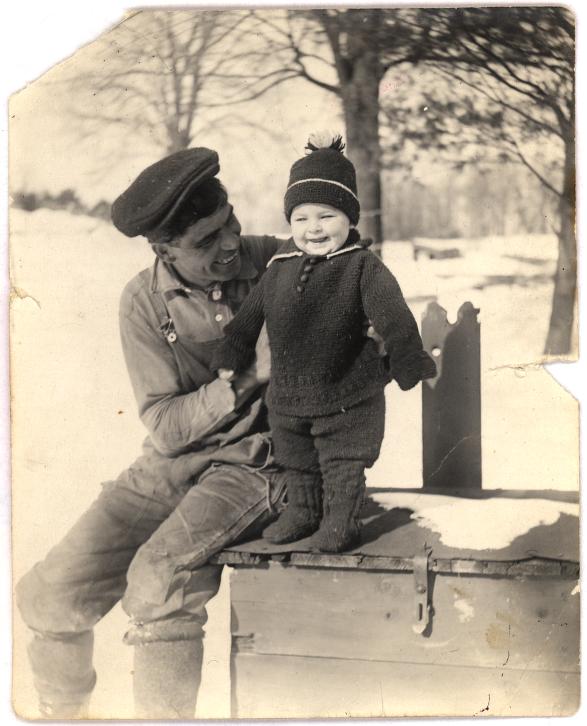




Advanced Search
This theme in other eras: 1680-1720 | 1780-1820 | 1880-1920
|
By 1890, the keeper of the United States Census declared that the United States frontier essentially no longer existed. Even the more remote areas of the west contained pockets of American settlement. This unending stream of people and goods moving westward took a terrible toll on Native American economies and societies in those regions. The transcontinental railroads and the settlements that sprang up alongside them disrupted traditional migration routes. The railroads also played a role in destroying the bison herds so central to the Plains Indian diet and culture. Mining operations, cattle grazing and large-scale farming took away land and diminished resources. Thousands of Native people succumbed to disease, hunger and violence as a result of these government-sanctioned policies . Those who survived struggled to retain their autonomy and cultural identity, often living marginal lives on barren and tiny reservations, all that remained to them of their once vast homelands.
|
Jesse Bowman, Abenaki logger and basketmaker, with daughter Marion Flora Bowman
|
| |
Home | Online Collection | Things
To Do | Turns
Exhibit | Classroom | Chronologies | My
Collection
About This Site | Site Index | Site Search | Feedback
